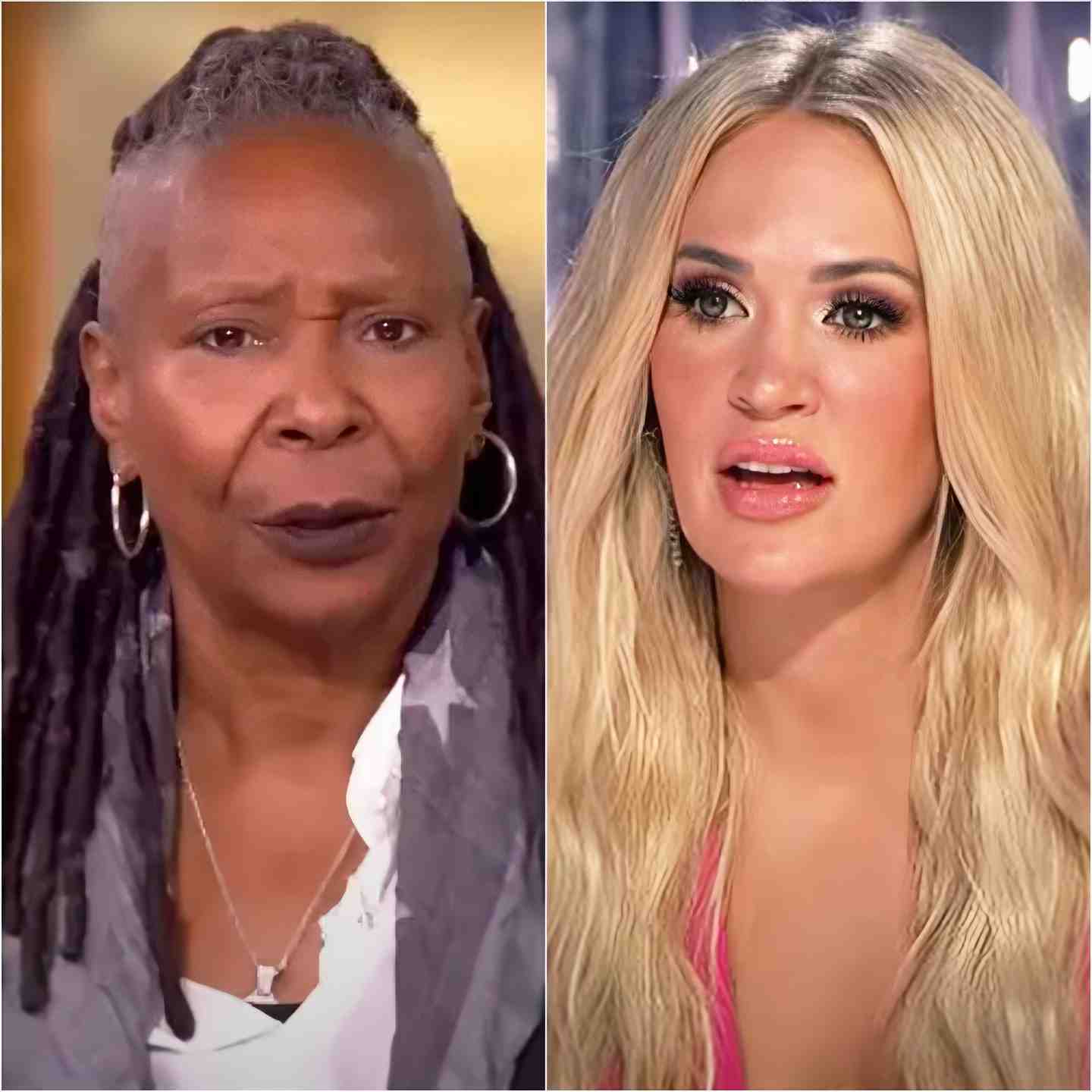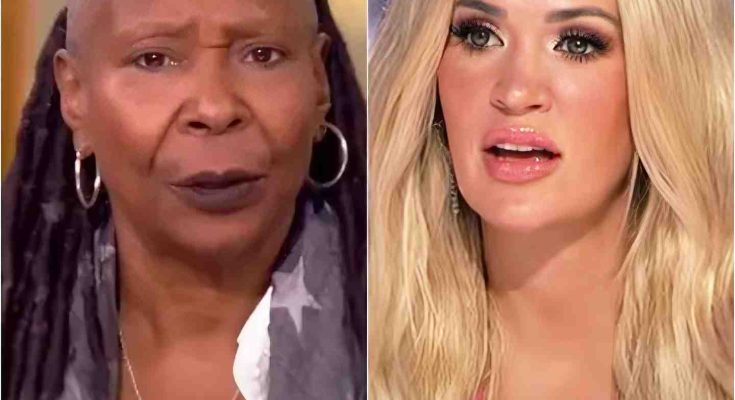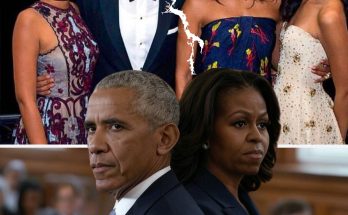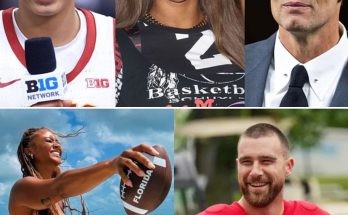Carrie Underwood’s recent decision to file a lawsuit against the hosts of *The View* has sparked significant public and media discourse, drawing focus to the vital responsibilities that press and television outlets have in upholding fairness, accuracy, and respect in their coverage.

The renowned country music star asserts that comments made about her during an appearance on the popular daytime talk show were not only disparaging but also undermining to her professional reputation.
Her move to pursue legal action highlights pressing issues surrounding media influence over public perception, while also reigniting concerns about the ethical obligations of platforms that drive national conversations.
Central to Underwood’s grievance is the argument that media organizations carry an immense responsibility when addressing issues or individuals under the scrutiny of their massive audiences. Specifically, she claims the show’s remarks not only created a skewed portrayal of her character and career, but also potentially undermined trust and respect between her and her devoted fanbase.
By initiating this lawsuit, Underwood is not simply addressing what she perceives to be an affront to her personal or professional standing; she is also making a much larger statement.
The case underscores the growing call for ethical broadcasting standards in an era dominated by both traditional and social media chatter. Through seeking legal recourse, Underwood could be considered as challenging what many see as an unsettling trend of carelessness, or even recklessness, in media commentary.
From the public response thus far, it’s clear that Underwood’s bold stand has struck a chord. Supporters argue that her actions direct valuable attention to a pressing issue—amplifying the demand for media accountability in an age where opinion-driven coverage has become ubiquitous.
Others, however, remain skeptical, questioning whether litigation is an appropriate instrument for resolving disputes around televised conversations. Still, regardless of the varying public perspectives, the case raises questions that cut across celebrity versus broadcaster debates: how should modern media balance discussions and critique against ensuring fairness, respect, and factual representation in their portrayals of people? When do remarks cross over from provocative or critical into unjustifiably harmful rhetoric?
As this highly publicized case progresses through legal avenues, it has the potential to deliver far-reaching implications and significant consequences for entertainment hosts, artists, and media companies navigating the often fine line separating journalistic freedoms and ethical accountability.
Moreover, discussions arising from Underwood’s plight could end up igniting greater industry-wide reflection. Any resulting changes might signal elevated protections for public figures—especially artists striving to safeguard their careers and public stances—against narratives they claim are damagingly distorted.
Ultimately, Underwood’s bold decision empowers countless other industry figures, renowned or otherwise, in advocating for higher standards of respect and accuracy in reporting. Steps like these bolster conversations around restoring respect to public-facing discourse, whether involving creators or their art. Her challenge calls upon journalism at large to intensify respectability norms fitting broadcast sector norms. Speech-impact extent-prohibitive safeguards formedentee viewpoints counterstaff defamationlaws12 minimal-response disagreementsadditional reinforcement“Ourconstant proposonsqa


